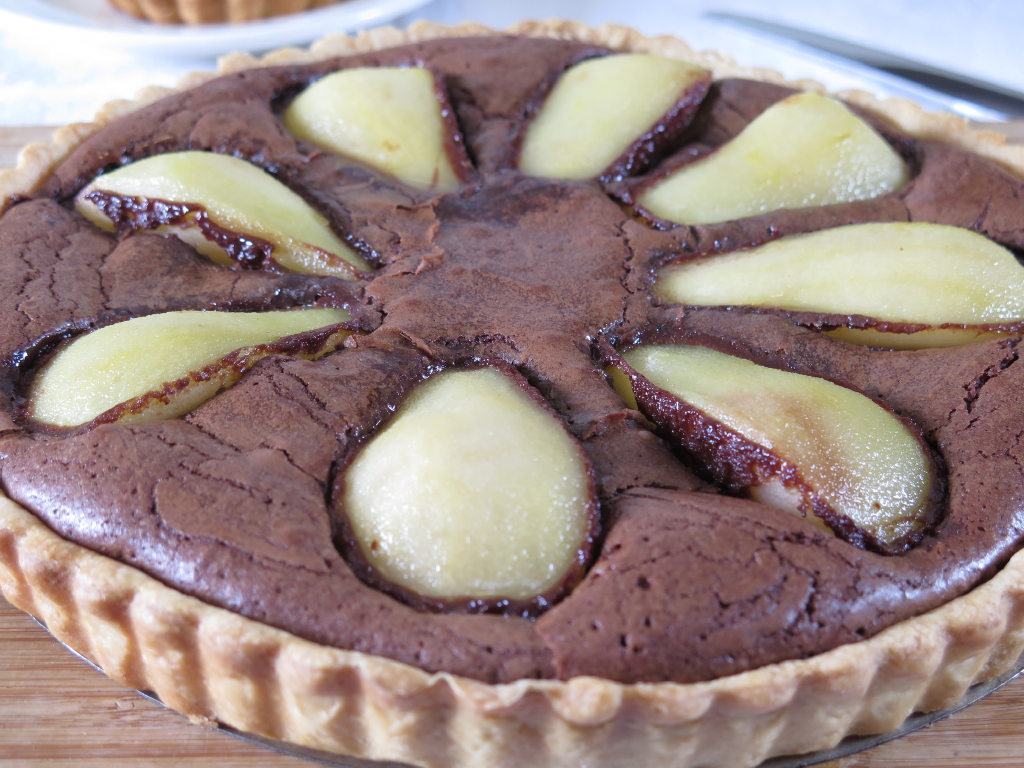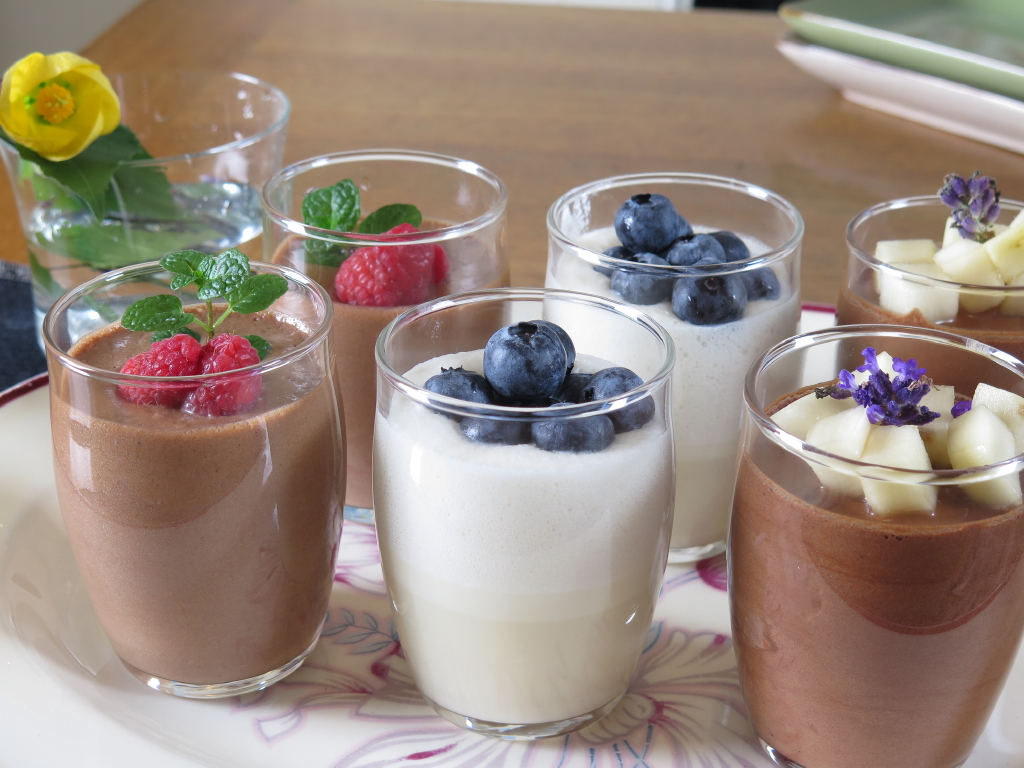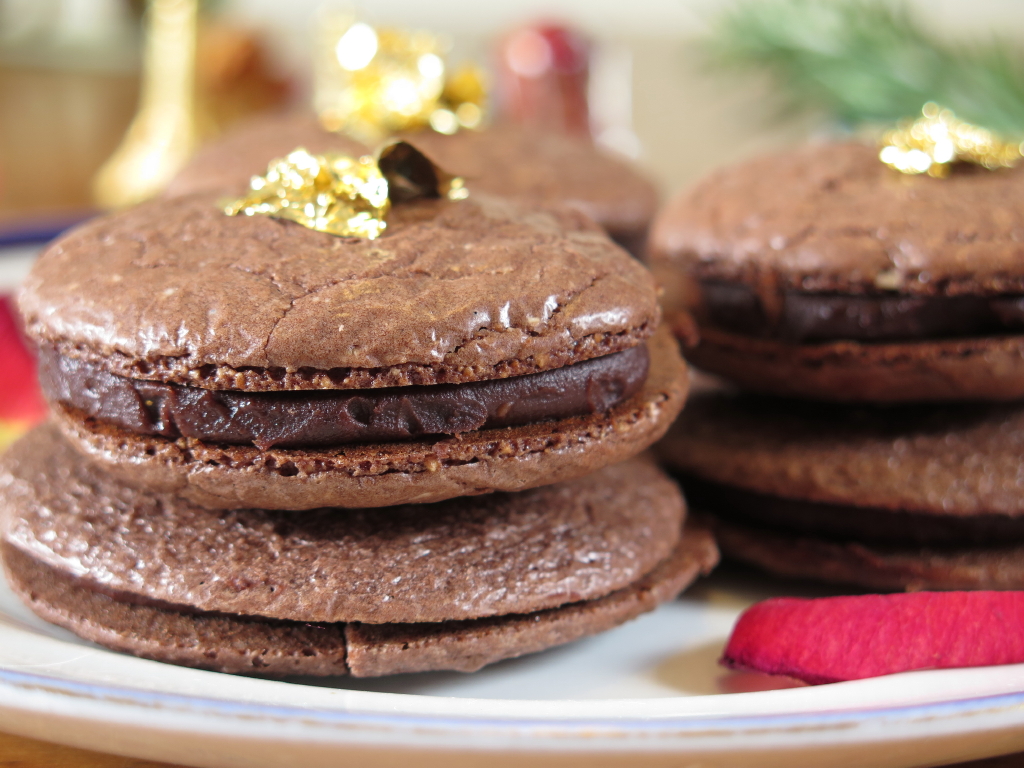Chocolate Starts with the Cacao Tree
The cacao tree grows only in tropical rainforests 20 degrees north and south of the equator. The fruits are pods shaped like a shriveled football and sprout directly off the trunk of the trees, which grow 20-50 feet tall. Inside the pod is a sweet pulp varying in color from white to purple holding 20-40 almond-sized beans. Of about twenty varieties of cacao, three are commercially important:
Criollo: This low-yielding bean is native to Central America, northern South America and the Caribbean. Although difficult and expensive to grow, and producing less than 5% of all cacao, the beans are prized for their complex, delicate flavors and low astringency. High-end and single-bean chocolate often uses criollo.
Forastero: This hardy, prolific tree is thought to be native to the Amazon basin, but is now grown primarily in West Africa. Due to its stronger flavors, the most common variety of this bean is used for “bulk chocolate” or blended with criollo and trinitario for balance and complexity. Additional fermentation helps tame its higher tannins.
Trinitario: Created on the island of Trinidad, this hybrid combines the aromatic, fruity qualities of criollo with the high yields of forastero. It can give notes of spice, citrus and wood.
Fermenting and Sun-drying
Harvested pods are split open, then the seeds (beans) and pulp are scooped out, covered with banana or plantain leaves and left to ferment for 2-7 days. Fermentation develops characteristic chocolate “notes” and reduces bitterness. The beans are then sun-dried for 5-6 days. The originally white or pink-purple “seeds” (semillas) are now hard brown “almonds” (almendras) ready to be sorted, bagged and shipped.
Roasting and Processing (from bean to chocolate bar)
At the chocolate factory, each bean variety is roasted separately – forastero longer and hotter than the more delicate criollo – then “winnowed” to remove the outer skins/shells. Next, they are crushed into “nibs,” which are sold by themselves or made into chocolate.
The nibs are fairly high in cocoa fat and when finely crushed and friction-melted by a series of rollers they make a thick paste called chocolate liquor (no connection to alcohol). The liquor can be refined to a smoother texture and made directly into bitter/unsweetened chocolate for baking.
To make cocoa powder and cocoa butter, the liquor will enter a hydraulic press to separate most of the fat (cocoa butter) from the solids (cocoa powder).
For bittersweet or semisweet chocolate, the chocolate liquor is mixed with sugar, additional cocoa butter, vanilla and soy lecithin. Milk chocolate will have dried milk and more sugar added. Both types are put into a “conche,” which further refines, aerates and kneads the mass until smooth and the flavors are rounded.
Tempering
After conching, the liquid chocolate is typically tempered for several hours. This involves repeated heating and cooling, which realigns and stabilizes the cocoa butter crystals. It makes the chocolate glossy, easier to mold and gives it a sharp snap when broken.
Molding and Packaging
The final steps are molding the chocolate, letting it cool and harden, and then packing and shipping it. Each step requires proper control of timing, temperature and humidity.









